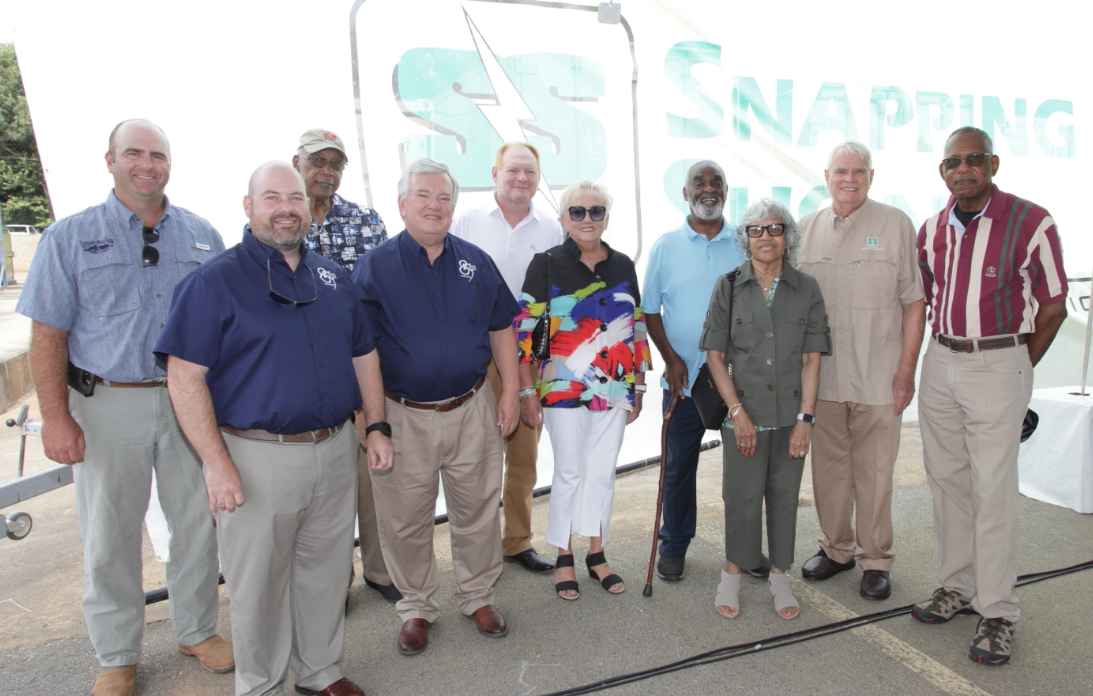
Georgia-based electric cooperative Snapping Shoals EMC and Stryten Energy are partnering on a pilot project to demonstrate the latter’s vanadium redox flow battery (VRFB) for long-duration energy storage.
Stryten Energy said its 20 kW/120 kWh VRFB was installed at Snapping Shoals EMC’s headquarters in Covington, Georgia. The partners commemorated the installation on August 2.
Stryten said its battery, the first vanadium redox flow battery to be manufactured and installed in Georgia, is suited for applications that require medium- to long-duration energy storage of six or more hours. The company said its battery can operate for more than 20 years without the electrolyte losing energy storage capacity.
The VRFB is currently connected to the grid. Engineers from Snapping Shoals EMC and Stryten Energy will be working together to monitor the system under different real-world conditions and learn how the battery interacts with the grid. The pilot project is expected to take about six months.
“We are ultimately looking at this from a grid resiliency standpoint,” said Robbie Young, Snapping Shoals EMC’s Vice President of Engineering and Developing Technologies.
Different from more prevalent stacked lithium-ion battery cells, vanadium redox flow batteries consist of tanks of liquid electrolytes and pumps that charge and discharge electrons to the grid.
“VRFB technology was appealing to us for its long-life expectancy, long discharge times, and the ease of scalability,” said Young. “Stryten Energy has been in the energy storage business for many years. They have a strong technology base and U.S.-based manufacturing. It just seemed like a good fit.”
Young expects VRFB technology to become a cost-effective, viable solution at some point for larger scale storage needs, such as at community solar installations or at substations.
Stryten Energy is working to establish a domestic supply chain for all components of its VRFB system, including vanadium electrolyte. For the Snapping Shoals project, the company said the electrolyte was manufactured in Maryland. Stryten said it is currently evaluating other vendors with manufacturing locations in Utah and Nevada.
The company noted it has seen “quite a bit of interest” in its VRFB energy storage systems due to the investment tax credits for domestically sourced and manufactured energy storage in the Inflation Reduction Act.
“As we install more renewable energy generation, whether that be wind or solar, the need for long-duration energy storage is also increasing,” a spokesperson for Stryten told Power Engineering. “VRFBs fill that important role in the clean energy transition by providing energy storage that is rapidly scalable, domestically available, sustainable, safe and resilient.”
The spokesperson said while it is too early to determine the steps beyond this project, Stryten is already applying the learnings gained from its generation three systems to be installed for upcoming demonstration projects.